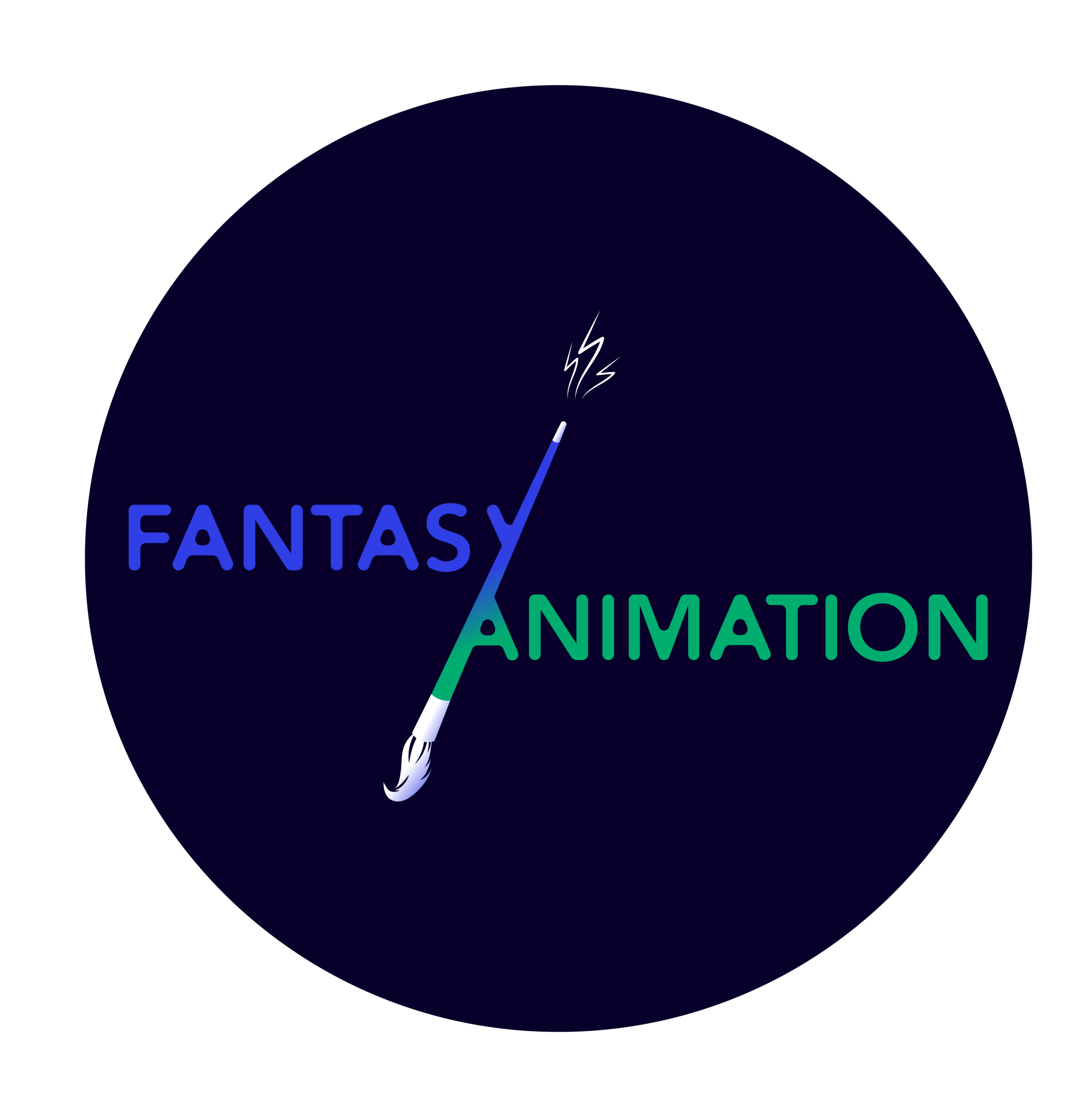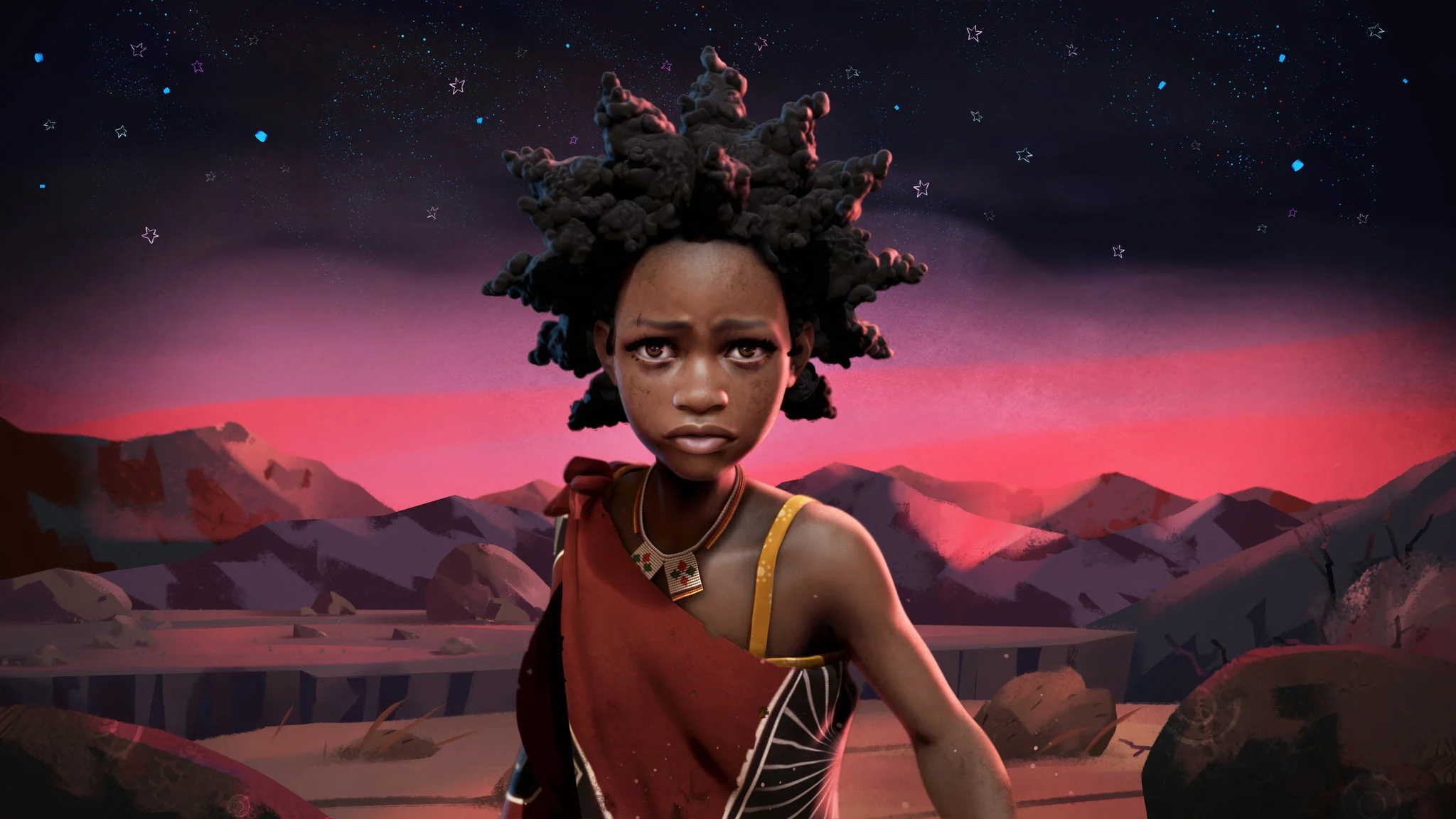Reformation-era German engraver, painter and printmaker Hans Holbein and quirky contemporary Polish animator Kajetan Obarski are two artists separated by several centuries that, in their similarities, attest to historical parallels and ramifications of the fantastic. As this post identifies, both artists illustrate the grotesque through a Carnivalesque trope in their work of the Danse Macabre. Both also prophetically remind their viewers of the stark facts of mortality, of people who are “like grass, and all their glory is like the flowers of the field; the grass withers and the flowers fall” (Peter 1:24-25).
Read MoreJeff McLaughlin's Graphic Novels as Philosophy collects 10 essays that consider how well known graphic novels can be conceptualised through (and potentially expand) philosophy (Fig. 1). The collection covers, among others, considerations of social contract theory, carnival and the idea of queering epistemology. In addition, the reader is invited to consider how the format and structure of the graphic novel could enhance our ability to ‘do’ philosophical work.
Read MoreTo make the iconic French Provençal dish ratatouille, one must first prepare the ingredients, peel and cut the onions, chop the garlic, thinly slice the courgettes and the aubergines, de-seed the peppers and chop the tomatoes. To make animated ratatouille, one must simply pick up a pen.
Read MoreThe resources below were originally compiled in response to an email my colleague Kodi Maier sent to the Society for Animation Studies listserv in order to begin a conversation and resource exchange aimed at defining best practices for creating an anti-racist classroom in our subfield. I would like to once again thank Kodi for taking the initiative to remind us of our collective responsibility as scholars, educators, and human beings.
Read MoreThe Covid19 pandemic is not just about a virus; it is a social, economic and cultural phenomenon. The impact that it is making across the globe is severe, and the role of (perhaps even the need for) fantasy during this changing and hyperdigitalized world is more necessary than ever given the important questions being raised about the nature of our cultural consumption.
Read MoreThe comic book adaptation has become one of the most prominent genres in recent cinema. In response, academic studies on comic books, comic book adaptations, superheroes and their ilk, have increased in number with many scholars bringing a variety of critical approaches to this popular type of production. Drew Morton’s Panel to the Screen: Style, American Film, and Comic Books During the Blockbuster Era (Jackson: University Press of Mississippi, 2016) focuses on an aesthetic used throughout cinematic adaptations of comic book properties, that of “remediation,” defined by Jay David Bolter and Richard Grusin as “the representation of one medium in and by another” (6).
Read MoreTo celebrate the Fantasy/Animation website’s 100th (yes, 100th!) blog post we give you our Top 100 Fantasy/Animation films. A huge thank you to those academics, practitioners, VFX artists, animators, curators, filmmakers and fans out there who have contributed to Fantasy/Animation since we began. Here’s to the next hundred!
Read MoreThe fantasy genre has deep connections with medieval and pre-medieval iconography. J.R. Tolkien, an Oxford professor of Anglo-Saxon literature and English literature and language, is often credited as being the father of modern fantasy (also called “high fantasy”). His novels, The Hobbit (1954) and The Lord of the Rings (1954- 1955), set the stage for later mid-century fantasy works such as Peter S. Beagle’s The Last Unicorn (1968). Both Tolkien and Beagle included elements found in pre-medieval and medieval iconography, from the dragon Smaug in The Hobbit to the creatures in Mommy Fortuna’s Midnight Carnival from The Last Unicorn, which included a satyr, a manticore, a Midgard serpent and a harpy.
Read MoreFor nearly 100 years, the name Walt Disney has been synonymous with top class, polished, and popular animation. Teams of animators churn out major films every couple of years, often to great financial success, and usually with a very particular ‘Disney-esque’ style. Timothy White purports that this style is, at least partly, typified by an attempted realism and continuity editing, typically associated with “Hollywood” cinema (1992: 3-16), meanwhile Paul Wells similarly ascribes a “mimetic” quality to Disney’s style, describing it as “orthodox” (2003: 220).
Read MoreDuring the production of my animated film Anna, I began to contemplate questions about the intersection between empathy, animation and fantasy, and how they feed into the value of storytelling through film. The further into production I went, the more interesting and complex this became as I saw how fantasy and storytelling could play a powerful role in developing empathetic sensitivities in both filmmakers and viewers.
Read MoreCommenting on the fan/ critic division of Star Wars Episode IV: A New Hope (George Lucas, 1977), Todd Berliner (2017) observes that: The original Star Wars (1977) has become one of the most widely and intensely loved movies of all time. Film scholars, however, lambasted Star Wars for its simplicity. Peter Lev calls it one of the “simple, optimistic genre films in the late 1970s.” David Cook says it privileges “a juvenile mythos.” Jonathan Rosenbaum calls the movie mostly “fireworks and pinball machines,” a deliberately silly film that offers only “narcissistic pleasures.”
Read MoreIn today’s visual culture, animation is at an interesting turning point, poised between fiction and fact, perhaps combining the two. We are increasingly confronted with ubiquitous animated images, videos, and gifs, for example, on smartphones, computers, in airplanes, doctors’ offices, schools, and many more, which are all used uncritically to represent or express real events, feelings, processes, and interactions.
Read MoreThere is no accounting for taste at the best of times, but this past month’s constant stream of dire global pandemic news and projections has wreaked havoc on streaming algorithms, as quarantined audiences scramble to keep themselves occupied with a wide variety of new content. While many have opted to dive headfirst into big cat-themed true crime, others are eschewing escapist entertainment in favor of a morbid fascination with newly relevant fictional contagion narratives.
Read MoreMichael Dougherty’s Godzilla: King of the Monsters (2019) was the thirty-fifth feature to star the giant kaiju (the Japanese word generally used to refer to giant movie monsters). Although it was the latest in a series of films spanning 65 years, it was only the fourth time that “the Big G” had appeared as a fully digitally animated creature, discounting the anime series on Netflix (2017/8).
Read MoreFrom the multi-sunned vistas of Star Wars VIII: The Rise of Skywalker (J.J. Abrams, 2019) to the Slavic monster-hunting in Netflix’s The Witcher (Lauren Schmidt Hissrich, 2020) there has been an immense rise in fantasy and science fiction fuelled by spectacularly crafted movie magic.
Read MoreTwo recent big screen biopics released within a few months of each other between October 2018 and May 2019 offered notably contrasting portrayals of popular musical icons. But if the lukewarm critical reception surrounding recent Freddie Mercury/Queen biopic Bohemian Rhapsody (Bryan Singer, 2018) put the genre under scrutiny for its questionable re-appropriation of real-life, then Rocketman (Dexter Fletcher, 2019) seemed remarkably immune to such criticisms.
Read MoreThe awarding of the Golden Lion to Todd Philips’ Joker (2019) at the Venice Film Festival in 2019 illustrates the overwhelming significance of comic book material and its characters for the contemporary Hollywood film industry. Telling the origin story of Joker, Batman’s nemesis, through the development of a violent, nihilistic character, Joker subverts the heroic expectations we might expect from a perceived comic book film.
Read MoreIn Sylvain Chomet’s first animated feature film, The Triplets of Belleville (2003) there is a key scene in which the main event simply concerns the barking of a dog out of the window at a passing train. This scene, which is going to be explored here in this sequence analysis, connects the childhood of Champion, the film’s main character, to the present time (of the film’s narrative, which takes place around 1950s), when we meet him as a young cycling athlete training for Tour du France, accompanied by his ever present, loving and supportive grandmother Madame Souza.
Read MoreThe University of the Creative Arts (UCA) in Farnham, UK, was the setting for a recent one-day interdisciplinary symposium that confronted the irreverence and subversive potential of caricature and cartoons, pitting together multiple forms of animation with alternate modes of printed and graphic communication to illuminate the power of political (and politicised) pictures.
Read MoreA scientific experiment goes awry and rips a hole in the fabric of reality. It is a gateway to a parallel universe, similar to our own in some ways, yet vastly different in others. The concept of alternate universes coexisting within a broader multiverse has been a staple of science fiction and fantasy since Michael Moorcock first adopted the trope in his 1963 novella The Sundered Worlds. A fictional multiverse opens up an extraordinary range of new possibilities for creative storytelling, unconstrained by a single world’s established history or even its laws of reality. It is that malleability that makes multiverses the perfect narrative framework for a crossover story.
Read More



















